Spectacular sunset over the Apuan Alps
2021
You may also like
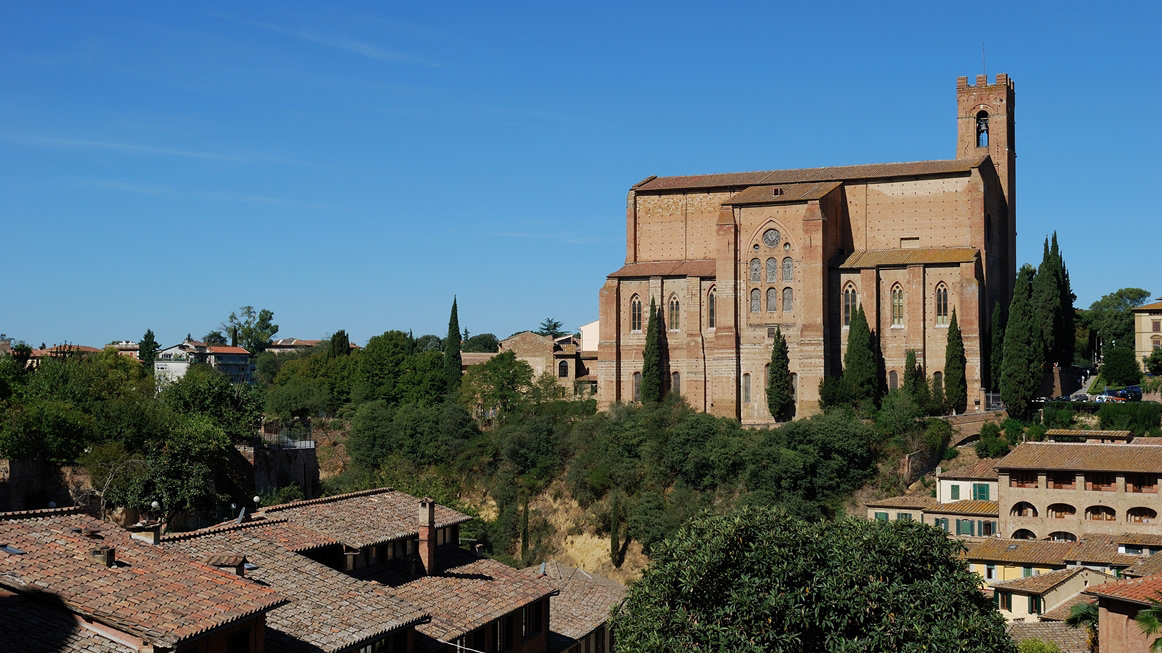
2007
Siena
Siena is an Italian town of 53 818 inhabitants, the capital of the province of the same name in Tuscany. The city is universally known for its huge historical, artistic and landscape heritage and for its substantial stylistic unity of medieval urban furniture, as well as for the famous Palio. In 1995 its historic center was included in the UNESCO World Heritage Site. The city is home to the Banca Monte dei Paschi di Siena, founded in 1472 and therefore the oldest bank in business as well as the longest-running in the world.
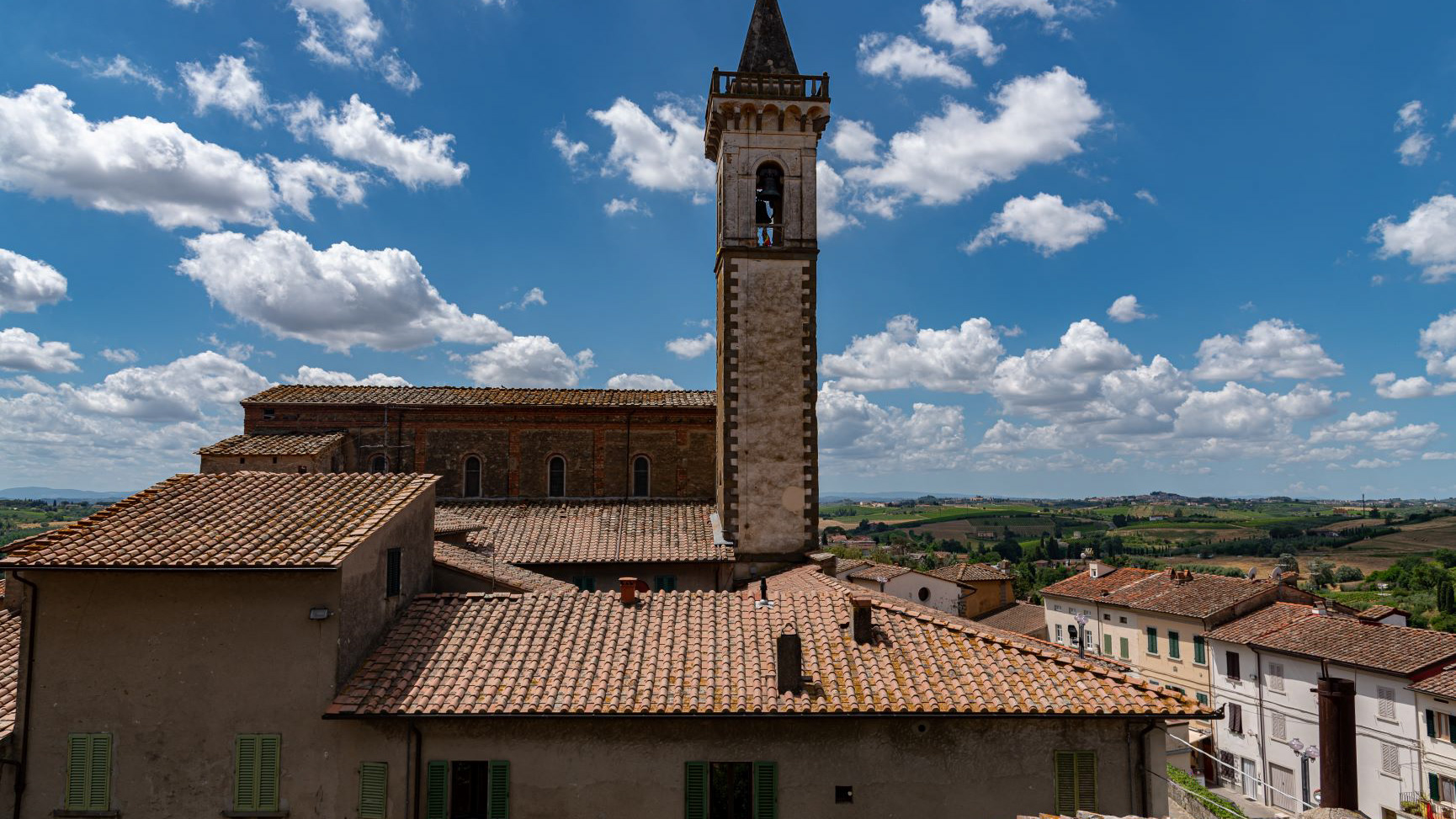
2021
Vinci. Wonderful views of summer.
Vinci is an Italian town of 14 615 inhabitants in the metropolitan city of Florence, in Tuscany. It is known to have been the place of origin of Leonardo da Vinci.
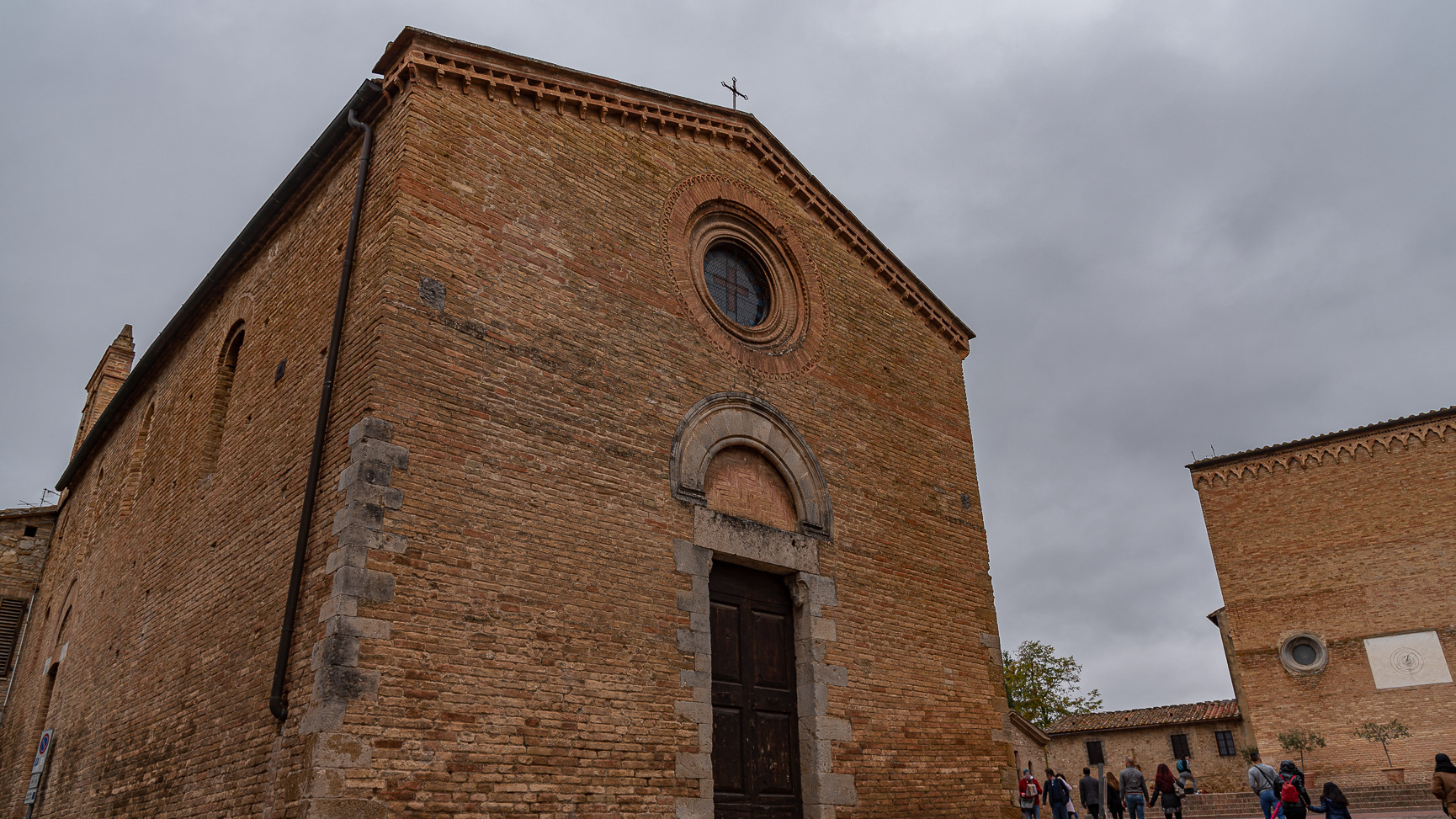
2021
San Gimignano. The church of San Pietro in Forliano

2021
Fucecchio, Tuscany. Corsini Park. The fortified towers.
Fucecchio. Corsini Park. The fortified towers. Dominated by the majesty of the "Torre grossa", the park is home to the high "Middle Tower" and the smaller "Pagliaiola".
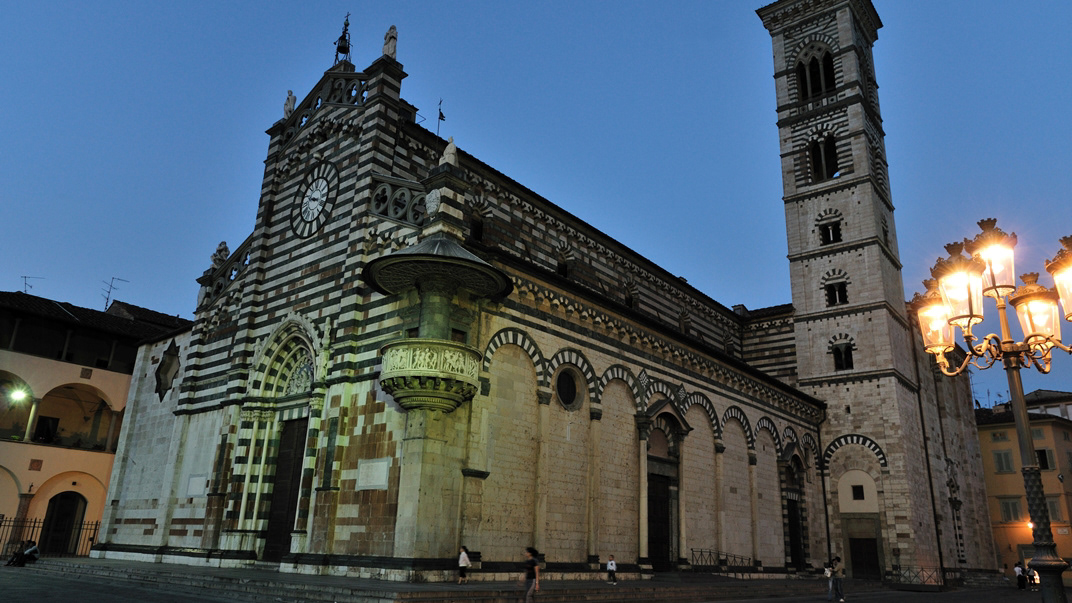
2008
Prato, the Cathedral
The church, with three naves, is built in white and green marble. It most likely dates back to the 6th century. It is one of the most important examples of religious architecture between the twelfth and fifteenth centuries in the region, with an elegant passage inside it between the large Romanesque-Lombard arches and the impetus of Gothic in the transept, most likely designed by the famous Giovanni Pisano , which inside will create a wooden crucifix and his last masterpiece, the Madonna della Cintola, in 1317. The relic of the sacred Cintola is kept there. The most important works are the external pulpit (built by Michelozzo and decorated by Donatello), the internal pulpit by Mino da Fiesole and Antonio Rossellino from 1472, the Madonna dell'Ulivo, the only work created together by the famous brothers Da Maiano, Giovanni, Benedetto and Giuliano. In the transept instead there are the frescoes by Filippo Lippi (in the Cappella Maggiore), one of the greatest expressions of the Italian Renaissance, the frescoes by Paolo Uccello (in the Cappella dell'Assunta), and by Agnolo Gaddi (in the Chapel of the sacred Cintola), all interior of a bronze gate made by some of the most important goldsmiths of the fifteenth century.

2021
Pisa, the Leaning Tower
The tower of Pisa (popularly known as the leaning tower and, in Pisa, the Campanile or the Tower) is the bell tower of the cathedral of Santa Maria Assunta, in the famous Piazza del Duomo of which it is the most famous monument due to the characteristic slope, symbol of Pisa and among the iconic symbols of Italy. It is a separate bell tower 57 meters high (58.36 meters considering the foundation plan) built over two centuries, between the twelfth and fourteenth centuries. With a mass of 14 453 tons, the curved line predominates, with turns of blind arches and six floors of loggias. The slope is due to a subsidence of the underlying land which occurred in the early stages of construction. The inclination of the building measures 3.97 ° with respect to the vertical axis. The tower is managed by the Opera della Primaziale Pisana, a body that manages all the monuments in the Piazza del Duomo in Pisa. It was proposed as one of the seven wonders of the modern world. Work began on 9 August 1173. The foundations were left to rest for a whole year. Some studies attribute the authorship of the project to the Pisan architect Diotisalvi, who was building the baptistery at the same time. The similarities between the two buildings are in fact many, starting with the type of foundations. Others suggest instead Gherardi, while according to Vasari the works were started by Bonanno Pisano. Vasari's thesis was considered valid above all after the discovery in the vicinity of the bell tower of a tombstone with the name of Bonanno, walled up in the atrium of the building; moreover, in the nineteenth century an epigraphic fragment of pink material was always found in the surroundings, probably a cast on which a metal plate was cast, which is placed on the jamb of the building's entrance door. On this fragment we read, upside down: "Pisan citizen named Bonanno". This cast in all probability related to the royal door of the Cathedral, destroyed during the fire of 1595. The first phase of the works was interrupted in the middle of the third floor, due to the subsidence of the land on which the base of the bell tower stands. The softness of the ground, made up of normally consolidated soft clay, is the cause of the slope of the tower and, although to a lesser extent, of all the buildings in the square. The works resumed in 1275 under the guidance of Giovanni di Simone and Giovanni Pisano, adding another three floors to the previous building. In an attempt to straighten the tower, the three additional floors tend to curve away from the slope. The bell tower was completed in the middle of the following century, adding the belfry.

2021
San Gimignano. Glimpses of historic center
San Gimignano is an Italian town of 7 447 inhabitants in the province of Siena in Tuscany. For the characteristic medieval architecture of its historic center it has been declared a World Heritage Site by UNESCO. The site of San Gimignano, despite some nineteenth-twentieth-century restorations, is mostly intact in its thirteenth-fourteenth century appearance and is one of the best examples in Europe of urban organization of the municipal age. Granted by Royal Decree of 29 April 1936, San Gimignano boasts the title of city San Gimignano stands on a place certainly inhabited by the Etruscans, at least from the third century BC. The hill was chosen for strategic reasons, being dominant (324 m a.s.l.) over the high Val d'Elsa. On the slopes of Poggio del Comune (624 m a.s.l.) there are the ruins of Castelvecchio, a village from the Lombard period. The first mention dates back to 929. In the Middle Ages the city was located on one of the routes of the Via Francigena, which Sigeric, archbishop of Canterbury, traveled between 990 and 994 and which for him represented the 19th stage (Mansio) of his itinerary return from Rome to England. Sigeric named it Sancte Gemiane, also indicating the village as a point of intersection with the road between Pisa and Siena. According to tradition, the name derives from the holy bishop of Modena, who defended the village from the occupation of Attila. The first city walls dates back to 998 and included the hill of Montestaffoli, where there was already a fortress seat of the market owned by the bishop of Volterra, and the poggio della Torre with the bishop's castle.
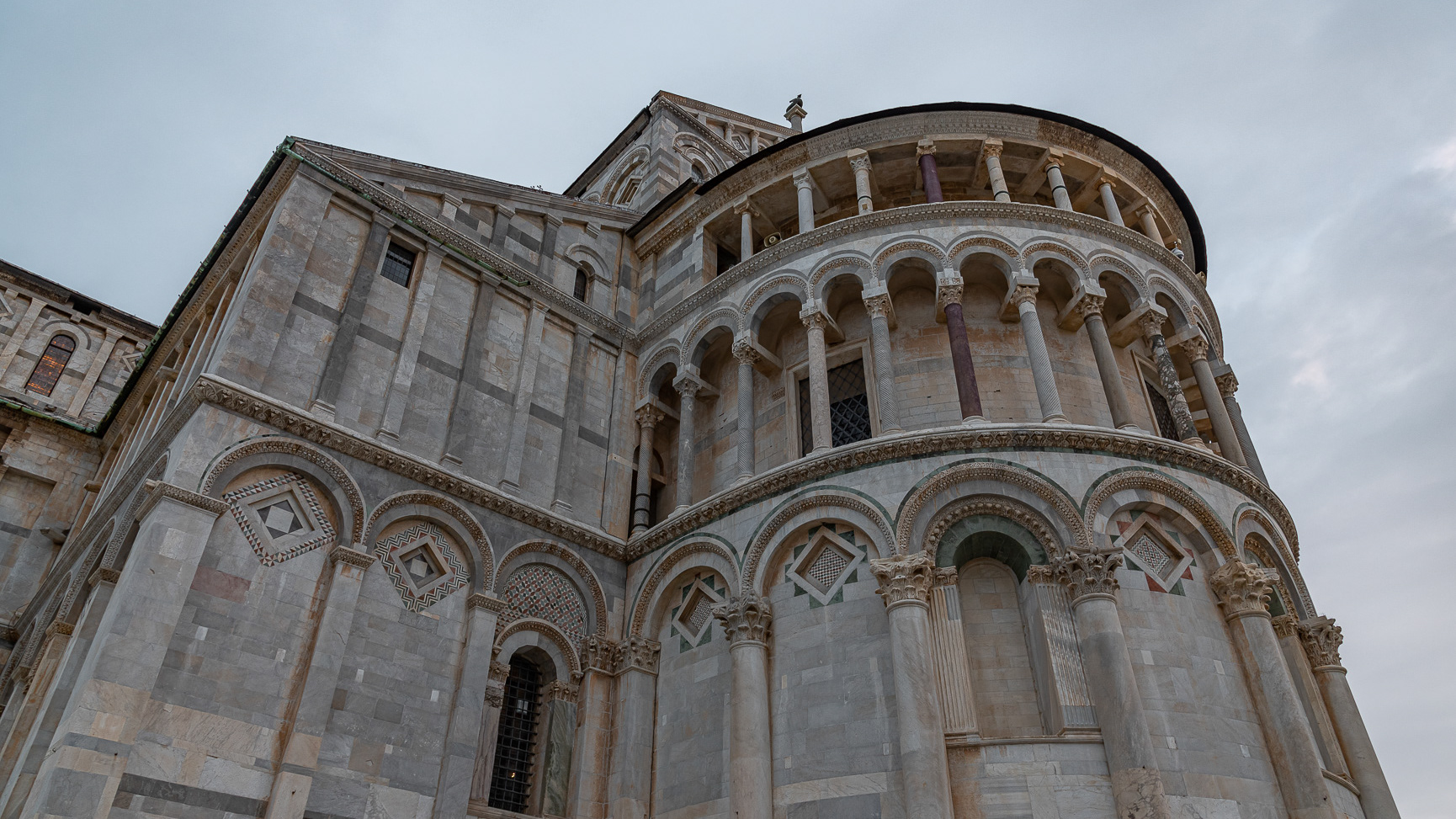
2021
Pisa, the cathedral of Santa Maria Assunta
The cathedral of Santa Maria Assunta, in the center of the Piazza del Duomo, also known as Piazza dei Miracoli, is the medieval cathedral of Pisa as well as the primatial church. Masterpiece of the Romanesque, in particular of the Pisan Romanesque, it represents the tangible testimony of the prestige and wealth achieved by the maritime republic of Pisa at the moment of its apogee. It was begun in 1063 (1064 according to the Pisan calendar in force at the time) by the architect Buscheto, with the tenth part of the booty of the undertaking of Palermo in Sicily against the Muslims (1063) led by Giovanni Orlandi belonging to the Orlandi family [1] . Different stylistic elements come together: classical, Lombard-Emilian, Byzantine and in particular Islamic, proof of the international presence of Pisan merchants at that time. In that same year the reconstruction of the Basilica of San Marco in Venice was also begun, so it may well be that at the time there was a rivalry between the two maritime republics to create the most beautiful and sumptuous place of worship. The church was erected in an area outside the early medieval walls, to symbolize the power of Pisa which did not need protection. The chosen area was already used in the Lombard period as a necropolis and, already in the early 11th century, an unfinished church was erected which must have been dedicated to Santa Maria. The new large church of Buscheto, in fact, was initially called Santa Maria Maggiore until it was definitively dedicated to Santa Maria Assunta.

2021
Livorno. The Mascagni Terrace
The Mascagni Terrace is one of the most elegant and evocative places in Livorno and is located on the seafront on the edge of Viale Italia.

2021
Wonderful glimpses of summer
